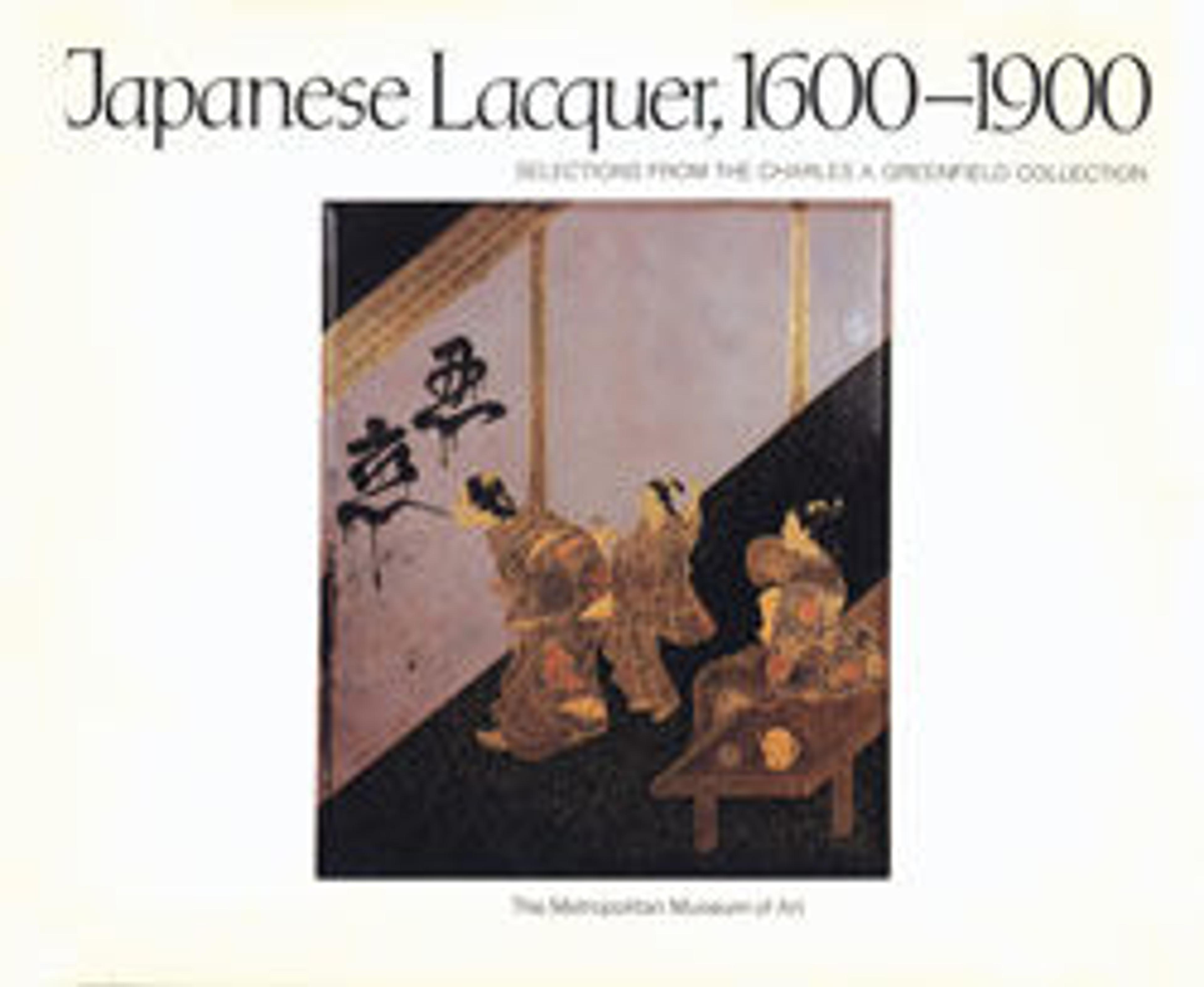Plate from the Erotic Book Mounds of Dyed Colors: A Pattern Book for the Boudoir (Someiro no yama neya no hinagata), First Month
The artist’s signature appears in the corner of a screen to the upper right of the scene in which a wakashu (homosexual youth) competes with a courtesan for the attentions of a visitor to the Yoshiwara pleasure district. The opening scenes of erotic books tend to be less risqué than the subsequent images, and this one, the “First Month” from Pattern Book for the Boudoir, is indeed tamer than those for the other eleven months pictured in the book. A seventeen-syllable hokku poem accompanies each image. Here, the reference is to a special species of plum called Niō, alluding to the Guardian King figures that guard a temple gate. One of the sculptures opens its mouth to pronounce the mystical syllable “Aun”—but here it is linked to the playful custom of marking the first laughter or joke of the New Year.
Niō ume
aun no kuchi no
hatsuwarai
“Guardian Kings” plums
Utters the sacred syllable “Aun”
in the first laugh of the year.
—Trans. John T. Carpenter
Niō ume
aun no kuchi no
hatsuwarai
“Guardian Kings” plums
Utters the sacred syllable “Aun”
in the first laugh of the year.
—Trans. John T. Carpenter
Artwork Details
- 『閨の雛形』 正月
- Title:Plate from the Erotic Book Mounds of Dyed Colors: A Pattern Book for the Boudoir (Someiro no yama neya no hinagata), First Month
- Artist:Okumura Masanobu (Japanese, 1686–1764)
- Period:Edo period (1615–1868)
- Date:ca. 1736–44
- Culture:Japan
- Medium:Hand-colored woodblock illustration; ink and color on paper
- Dimensions:H. 9 9/16 in. (24.3 cm); W. 14 1/4 in. (36.2 cm)
- Classification:Prints
- Credit Line:Fletcher Fund, 1929
- Object Number:JP1499
- Curatorial Department: Asian Art
More Artwork
Research Resources
The Met provides unparalleled resources for research and welcomes an international community of students and scholars. The Met's Open Access API is where creators and researchers can connect to the The Met collection. Open Access data and public domain images are available for unrestricted commercial and noncommercial use without permission or fee.
To request images under copyright and other restrictions, please use this Image Request form.
Feedback
We continue to research and examine historical and cultural context for objects in The Met collection. If you have comments or questions about this object record, please contact us using the form below. The Museum looks forward to receiving your comments.
